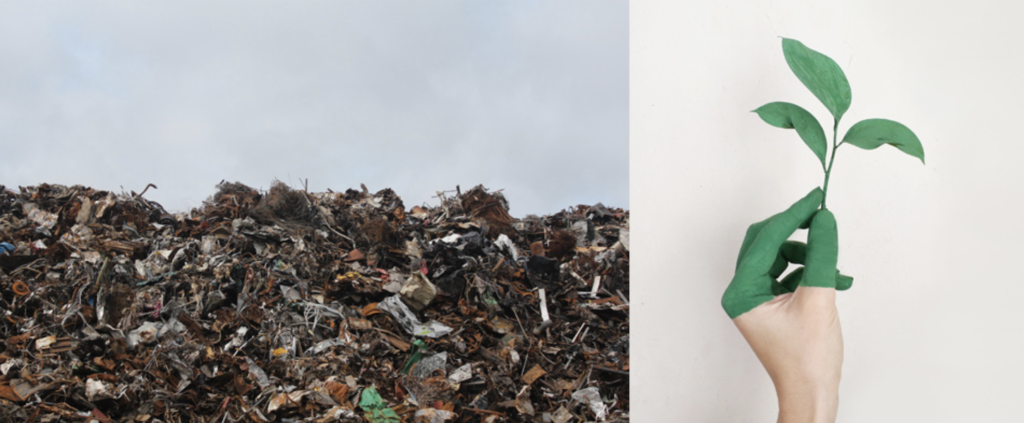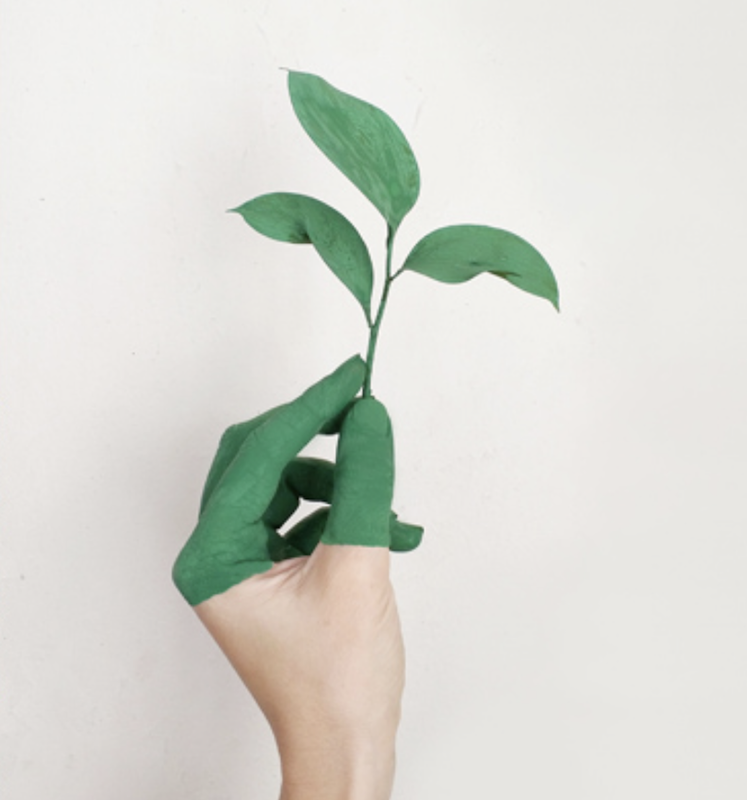Sustainable Design : Waste not Want not
Ireland generates 587 kg of waste per person per year. Well above European average! According to the Environmental Protection Agency (EPA) the total amount of waste generated in Ireland (industrial, commercial, household) at the last survey ‘was 19.8 Million tonnes, which is equivalent to 4.3 tonnes per person.’ With all our data relating to waste, the environmental impact of current consumer markets, and the catastrophic effect of unsustainable manufacturing practices, we can no longer ignore these figures.
The golden rule of good design is innovation
Is it innovative to design with unsustainable materials and non-green production procedures? Despite advancement in technology our current standards of design and manufacturing steer us on a path of self-destruction. Heavily influenced by consumerism we hold unsustainable economic values as our main production driver. We have bought into a global throw-away society, favouring cheap single use design typically made from non-renewable resources and toxic materials.
Scientists have declared humanity’s impact on the planet so significant that Earth has officially entered a new geological era, the Anthropocene. Our planet is undergoing a mass extinction event, only the 6th since the beginning of complex life 700million years ago. To make matters worse we are the one causing it! We pump over 40 billion tonnes of CO2 into the earths atmosphere every year. We have altered over 50% of the Earths land, and through our direct actions 150-200 species of plant, insect, bird and mammal become extinct every 24 hours.
Time to set sustainable design standards! We must develop environmentally responsive systems, adopt green thinking methodologies, and take corrective action to make environmental responsibility a reality. Now is the time for great design innovation.

Great design is sustainable design
Sustainable design is not just a concept involving a set of principles, it is a way of thinking that takes an ecological approach to design solutions. A process that integrates environmentally friendly methods, and considers natural resources as part of the design. Sustainable technologies, for example, use less energy, fewer limited resources, do not deplete natural resources, do not directly or indirectly pollute the environment, and can be reused or recycled at the end of their useful life.
Contrary to common belief sustainability does not mean going without. It means thinking ecologically and designing with an interconnected framework. It is as much about process as it is about product. According to the World Commission on Environment and Development, sustainability is ‘a form of development that meets the needs of the present without compromising the ability of future generations to meet their own needs.’
Sustainable design is not simply a system or structure,
– Ashleigh downey
it is a way of building the future.


